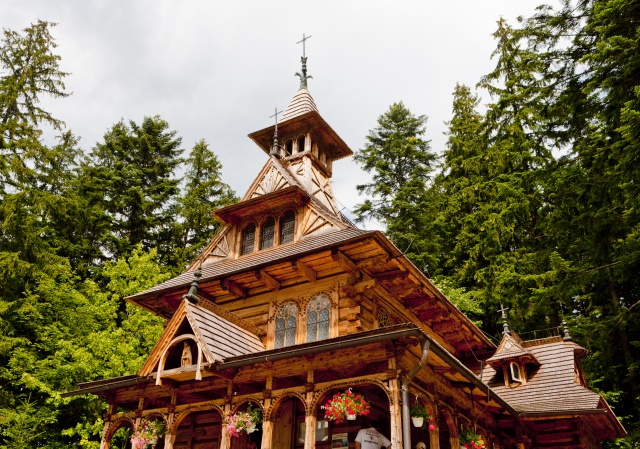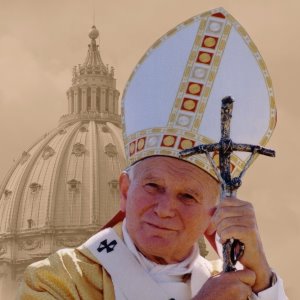Traces of pope John Paul II
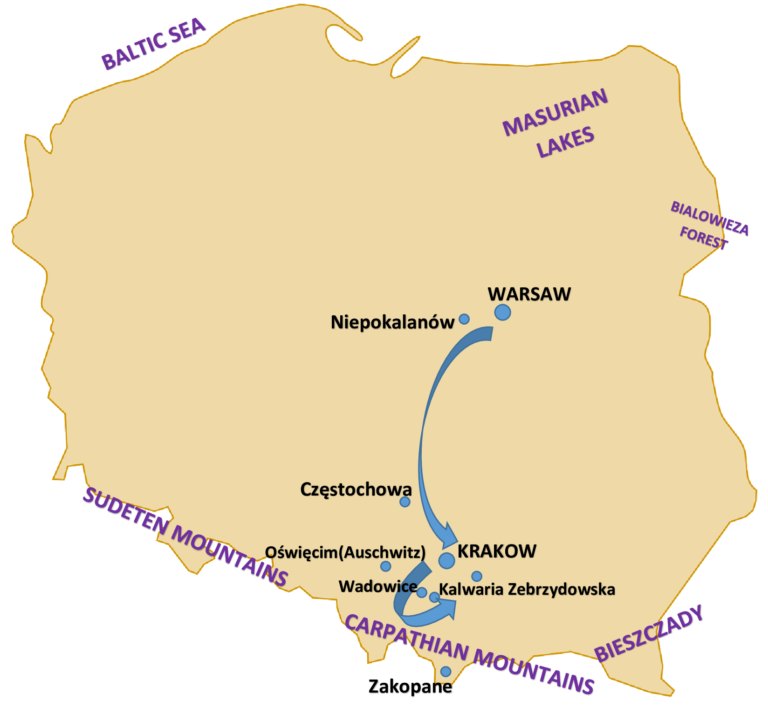
DAY 1 – arrival in Warsaw, transfer to the hotel. In the afternoon guided sightseeing tour of Warsaw. Dinner and overnight in Warsaw.
DAY 2 – morning visit to Wilanów Palace. Excursion to Niepokalanów. Overnight in Warsaw.
DAY 3 – morning departure to Częstochowa, one of the world’s most famous Marian shrines and one of John Paul II’s favourite places to pray (Karol Wojtyła used to stress that he was born in May – traditionally the month of Our Lady). Lunch at a local restaurant in Częstochowa. Visit to the Basilica, Chapel of the famous Black Madonna, Treasury and Museum. Drive to Auschwitz-Birkenau concentration camp; visit to the site as well as the Martyrdom Museum and St. Maximilian Kolbe’s cell. Continuation to Krakow. Overnight in Kraków
DAY 4 – guided sightseeing tour of Kraków Old Town. Lunch at a local restaurant. In the afternoon visit to the Royal Castle and the Cathedral. Overnight in Kraków.
DAY 5 – visit to the world famous Shrine of Divine Mercy in Łagiewniki. The sanctuary is situated close to the former soda factory – Solvay, and the quarry, where young Karol Wojtyła was employed as a manual worker during WW II. Journey to the Pope’s hometown of Wadowice and lunch. Then go on to the UNESCO-listed Kalwaria Zebrzydowska. Return to Kraków and overnight.
DAY 6 – transfer to the airport and departure.
EXTENSION – Zakopane (2) – Krakow
Warsaw panoramic city tour
Guided sightseeing tour of Warsaw: Old Town with Market Square, St. John’s Cathedral, St. Anna Church as well as Piłsudski Square where The Pope gave his sermon about the Holy Spirit which inspired the opposition to the communist system.
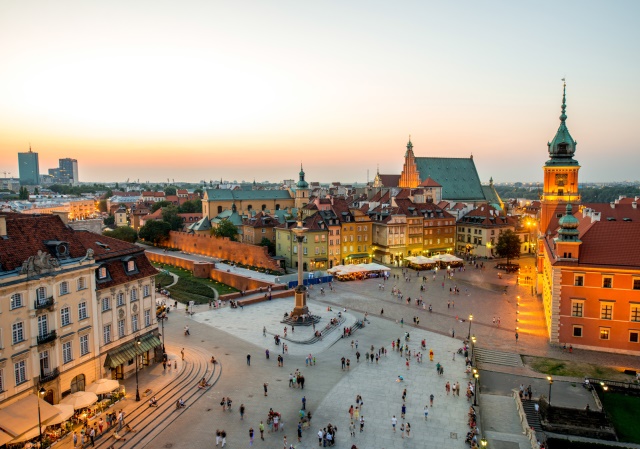
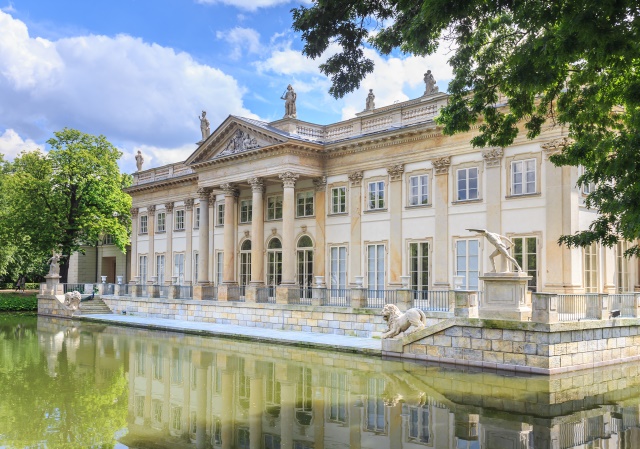
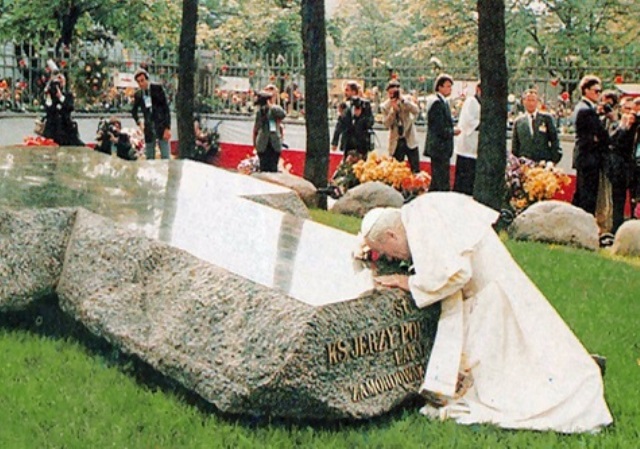


Niepokalanów
A monastery established by St. Maksymilian Kolbe in 1927. He had a vision to choose between a red and a white crown which meant martyrdom or chastity. He wanted both so first he became a priest and secondly he gave his life for a co-prisoner (in 1941 the Nazis took Father Kolbe to Auschwitz concentration camp, where he offered his life in exchange for a prisoner condemned to death). The Monastery was proclaimed a Minor Basilica by Pope John Paul II on 30th April 1980. In 1982 Pope John Paul II canonized Father Kolbe as a Martyr of Charity. Visit at old wooden chapel where Father Kolbe celebrated the masses and a museum devoted to his life.

Częstochowa – Black Madonna Shrine
One of the most important shrines in the Christian world.
Millions of pilgrims, including over 100 000 foreigners, come here every year to pray at the miraculous Black Madonna Shrine, dating back to 14th century.
Now covered with precious decoration, forming royal gowns for Virgin Mary and her Child.
One of John Paul II favourite places to pray (Karol Wojtyła used to stress that he was born in May – traditionally the month of Our Lady).

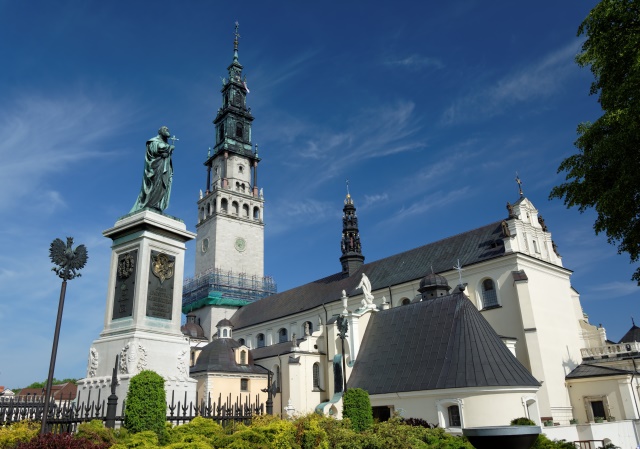
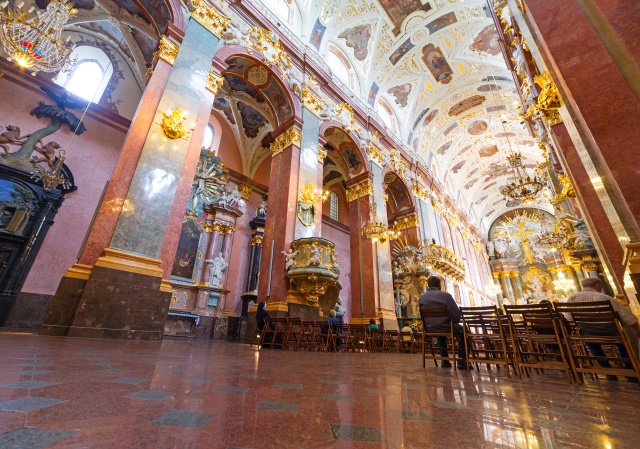
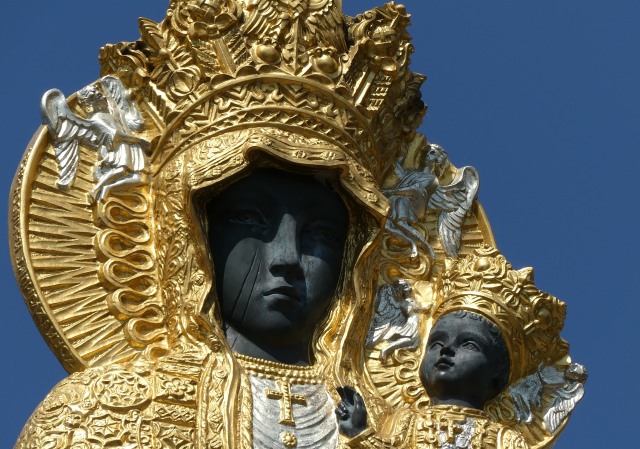
Krakow
The city where Karol Wojtyła lived from the age of 18, studied and then served as priest and bishop. Guided sightseeing tour of Kraków Old Town; St. Florian’s Church – Karol Wojtyła’s first Kraków parish, the city fortifications, Main Market Square and St. Mary’s Gothic church with its famous altar designed by Witt Stwosz, Collegium Maius – the medieval university building, the Archbishop’s Palace with the statue of John Paul II; visit to Wawel Castle and the Cathedral with the Karol Wojtyła Archbishop’s throne.
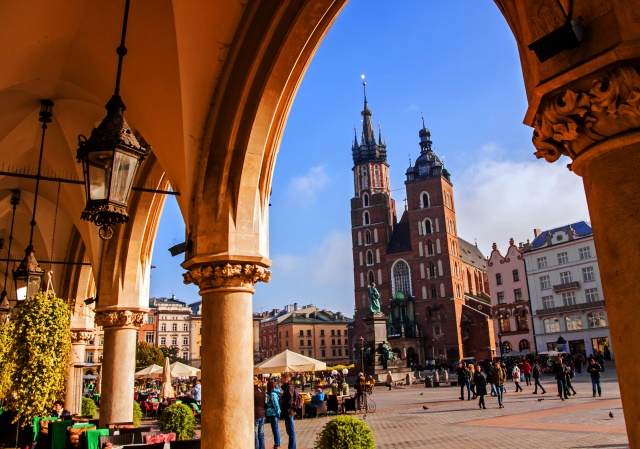
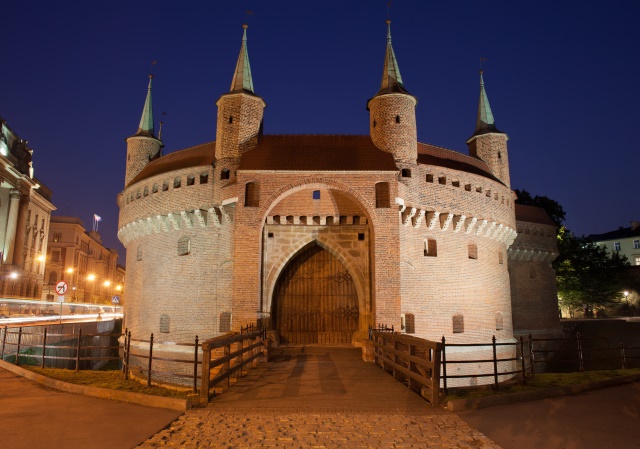
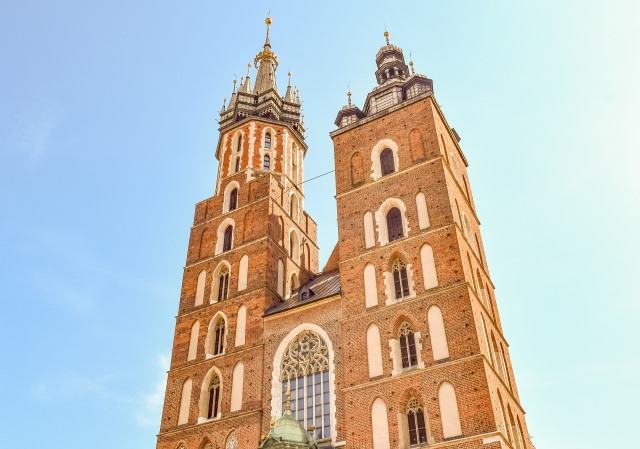
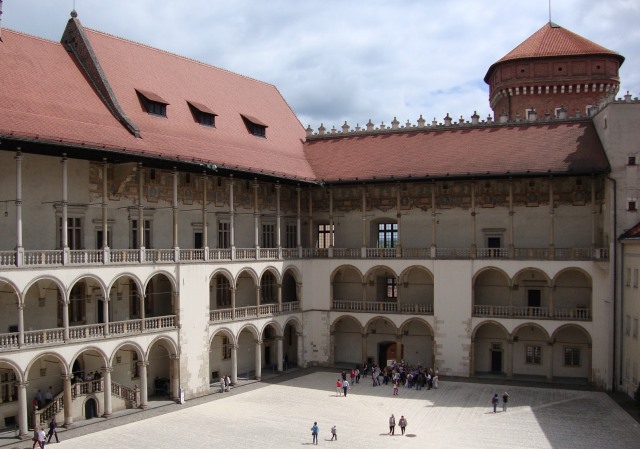
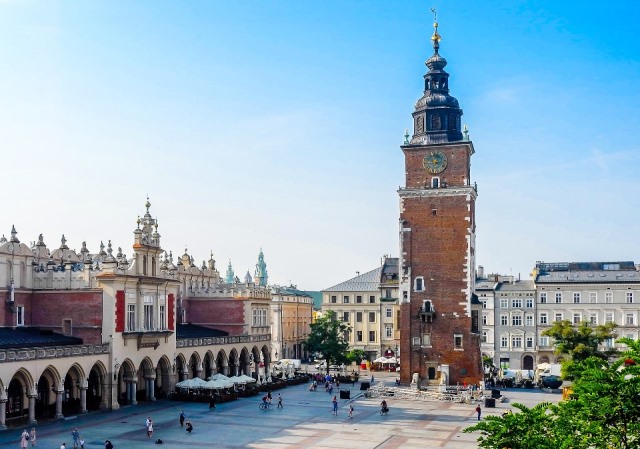
Łagiewniki / Krakow
The world famous Shrine of Divine Mercy in Łagiewniki where St Faustina’s revelations took place. The late Pope John Paul II canonised St. Faustina and instituted the Feast Day of Divine Mercy – the Pope died the 2nd of April 2005 – one day before the Feast of Divine Mercy. The reconstructed cell where Faustina died is located in the building where she lived, worked and experienced many of her revelations. The pilgrims can also visit her tomb and relics. The sanctuary is situated close to the former soda factory – Solvay, and the quarry, where young Karol Wojtyła was employed as a manual worker during WW II. 5-minute walk from the Shrine, there is a John Paul II Centre “Have no fear!” The highlight of the centre are the Sanctuary and its chapel which holds the ampoule with blood of John Paul II.
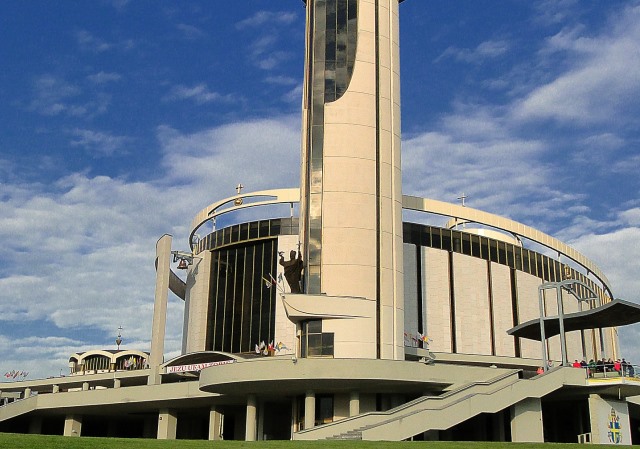
Wadowice
Pope’s home town, where young Wojtyła lived. Visit at the Home Museum and the church where the Pope was baptised.
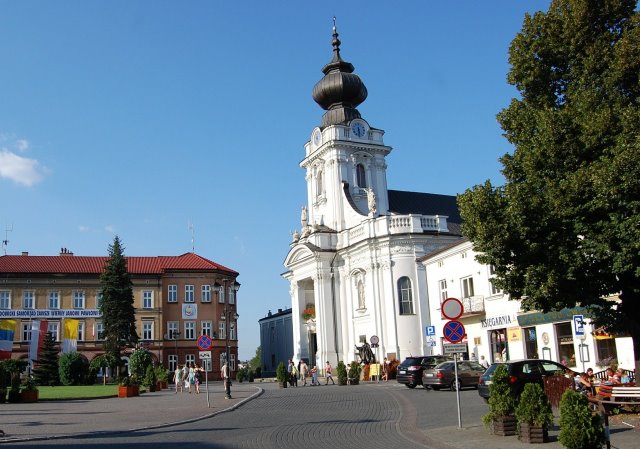
Kalwaria Zebrzydowska
UNESCO-listed hillside stations of the cross frequented by young Karol Wojtyla.
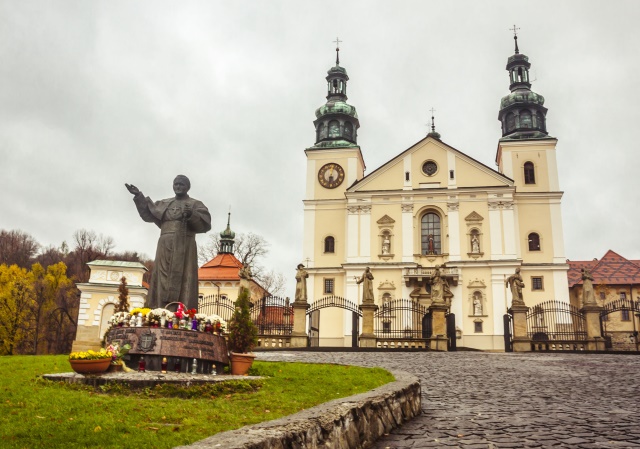
Zakopane in Tatra Mountains
Journey to the Tatra Mountains where Karol Wojtyła spent many of his holidays, hiking in the summer time, skiing during winter, and often visiting outlying parishes on foot, with a backpack. Possible funicular to Gubałówka Hill or walk to “Hala Kalatówki” where one can admire a magnificent views over the Tatras.
Visit to Krzeptówki Sanctuary, dedicated by Polish highlanders to Our Lady of Fatima, an ex-voto for saving the Pope’s life after Ali Agca’s assassination attempt.
Stroll along the old part of Zakopane with country houses built at the end of 19th century, in the unique Zakopane style. Stop at Jaszczurowka Church, the wonderful example of the 19th century wooden church architecture and at the Cemetery at Peksowy Brzyzek – the oldest in Zakopane.
